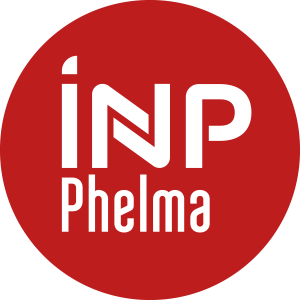Number of hours
- Lectures 8.0
- Projects 0
- Tutorials 8.0
- Internship 0
- Laboratory works 8.0
ECTS
ECTS 1.5
Goal(s)
The Internet of Things (IoT) refers to networks of physical objects that contain sensors, actuators, and software that are constantly connected to each other and/or to the outside world (Internet). These objects can be found everywhere, whether in the professional (industry 4.0, health), public (smart cities) or private sphere (smart watch, smart speaker, smart home). These objects collect a large amount of data that we seek to exploit to increase their reasoning capacity. In this course, after a short introduction to what is called Artificial Intelligence (AI), we will see which AI techniques can be used to improve the communication, perception and reasoning capacities of IoT objects.
Contact Ghislaine MAURY, Fabien RINGEVALContent(s)
The program will contain the following courses
1. Introduction to AI
2. Symbolic AI -- Ontology
3. Probabilistic Models
4. Artificial Neural Networks
5. Deep Learning
Each of the topics covered will be the subject of a practical work.
Prerequisites
basics in probability and statistics
basics in programming (Python, Java)
- MCC en présentiel **
N1 = examen écrit
N2 = examen écrit
- MCC en présentiel **
- MCC en distanciel **
N1 = rendus de TP
N2 = oral
- MCC en distanciel **
Russell, S., & Norvig, P. (2002). Artificial intelligence: a modern approach. Prentice Hall series in artificial intelligence.
Goodfellow, I., Bengio, Y., Courville, A., & Bengio, Y. (2016). Deep learning (Vol. 1). Cambridge: MIT press.



